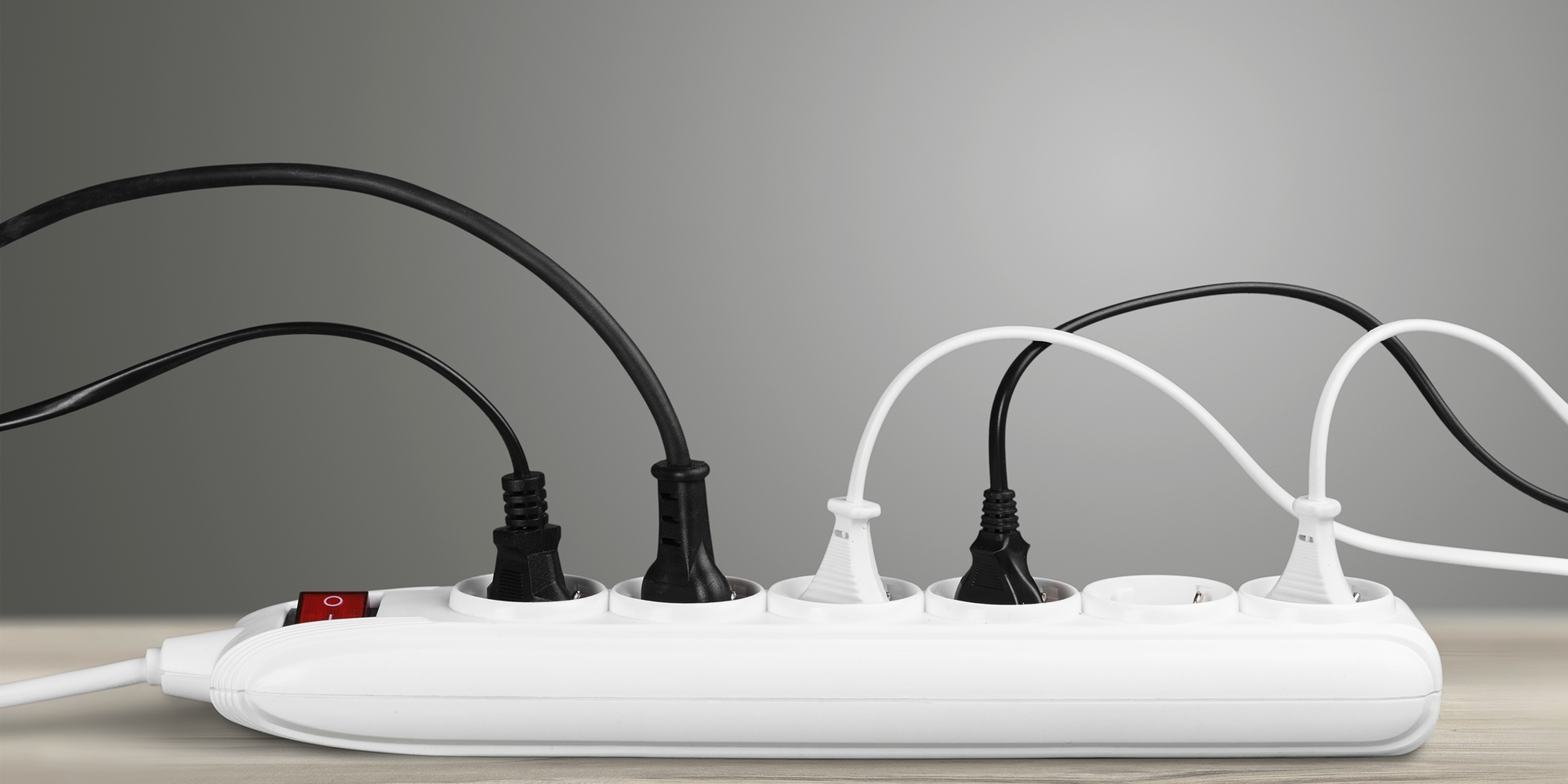Properly comparing the costs of electricity generation
Is electricity from fossil or renewable energy sources more expensive? A new measurement method allows for an insightful cost comparison.
Text: Dr Gerhard Wagner

For a long time, it was unclear how the costs of electricity generation from weather-dependent solar and wind could be compared with those from weather-independent power generation plants, such as gas-fired or coal-fired power stations. The International Energy Agency (IEA) has now solved this problem. The VALCOE method (Value-Adjusted Levelised Cost Of Energy), which it introduced, allows the levelised cost of energy of different technologies to be compared more objectively.
The result is clear
Renewable energies are the technology with the lowest production costs for electricity. The market has long been in the process of confirming this. The global investment volume of USD 472 billion in renewables in 2022 speaks for itself.
There can often be a lot of emotional debate about whether renewable energies are competitive in power generation.
Arguments of the proponents...
Proponents of renewable energies often argue based on the LCOE (Levelised Cost Of Energy), which from their point of view clearly shows that electricity from solar or wind power plants (onshore) is the cheapest in most regions. The table (below) shows the levelised cost of energy (LCOE) in the USA in 2021 and the estimates for 2030 and 2050. The levelised cost of energy takes into account the construction, financing, fuel and maintenance costs for each technology and compares these with the amount of electricity produced.
...and of the sceptics
However, critical voices argue that LCOE is misleading. It does not take into account that the amount of electricity produced from renewable energies in the case of wind and solar energy is weather-dependent and therefore cannot be produced specifically at the time when electricity is required. That is why sceptics call solar plants and wind farms "unreliables". They also argue that the levelised cost of energy does not take into account whether a power generation plant is compatible with the rest of the electricity supply and whether it contributes to grid stability. According to the sceptics of renewable energies, a fair cost comparison must show the advantage of gas-fired power plants over solar power plants, because gas-fired power plants generate electricity flexibly and regardless of the weather, thereby contributing to grid stability.
New measurement method provides clarity
Against the background of this debate, Brent Wanner, Energy Sector Head at the IEA, introduced the metric "VALCOE" (Value-Adjusted Levelised Cost of Energy). The goal is to better account for the competitiveness of the various technologies in power generation.
In addition to pure electricity generation costs, VALCOE also includes the benefits that a technology provides for grid stability. Temporal flexibility in electricity generation or maximum available capacity for peak electricity demand over the course of a day are considered attractive attributes. The outcome of this is as follows:
Cost of energy in the USA: LCOE versus VALCOE
|
2021 |
2030 |
2050 |
Nuclear power plants |
105 (105) |
100 (100) |
95 (95) |
Coal-fired power plants |
95 (95) |
210 (210) |
n.a. (n.a.) |
Gas-fired power plants |
60 (n.a.) |
70 (n.a.) |
110 (80) |
Solar power plants |
50 (60) |
30 (50) |
25 (60) |
Wind power plants (onshore) |
35 (40) |
30 (40) |
30 (45) |
Wind power plants (offshore) |
120 (120) |
70 (75) |
50 (60) |
Levelised cost of energy (LCOE) and value-adjusted levelised cost of energy (VALCOE) in the USA in the «Stated Policies Scenario». (Source: IEA, World Energy Outlook 2022).
Apart from the levelised cost of energy (LCOE), the table also shows the value-adjusted levelised cost of energy (VALCOE). The comparison of LCOE and VALCOE using solar and gas-fired power plants as an example is interesting. The forecasts for 2050 show that the value-adjusted levelised costs of energy for photovoltaics, for example, are more than twice as high as the unadjusted costs. The reason for this is that it becomes increasingly demanding for the grid system to optimally integrate «unreliables». Even so, however, these costs are lower than the value-adjusted costs for gas-fired power plants.
A torrent of funding for renewables
It is important to note that renewables also have a cost advantage when it comes to value-adjusted electricity generation. The market also seems to confirm this. The following chart shows the global investments in power generation technologies. In the past year, around USD 472 billion was invested in renewables worldwide; that's around ten times more than in coal-fired or nuclear power plants.
Investments in USD billion in 2022

